So I went around and got anout 130lbs. of wheel balancing weights from some local tires shops. (the big stores don't give it away, try the little guys). I got it all for free, so the was awesome! I was also given about 10lbs. of pure lead sheets from old x-ray films by a doctor, so I'm up to 140lbs before melting down.
Pretty simple from there, melt down the lead. I did end up casting it though, since I has so much. I used a metal spackling mix pan as the mold.
Here is my set-up, I just used a wood fire.
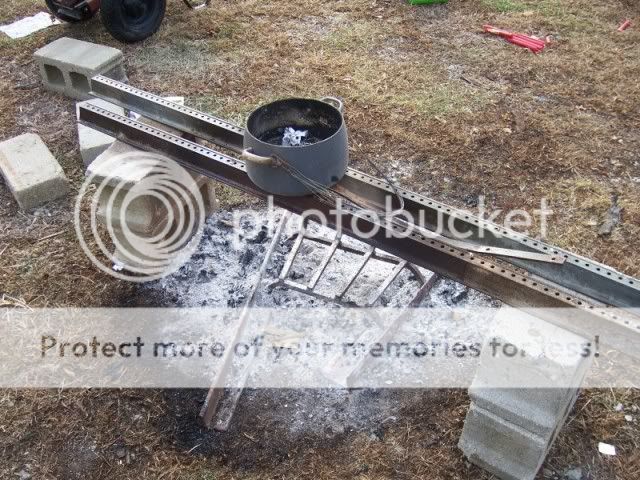
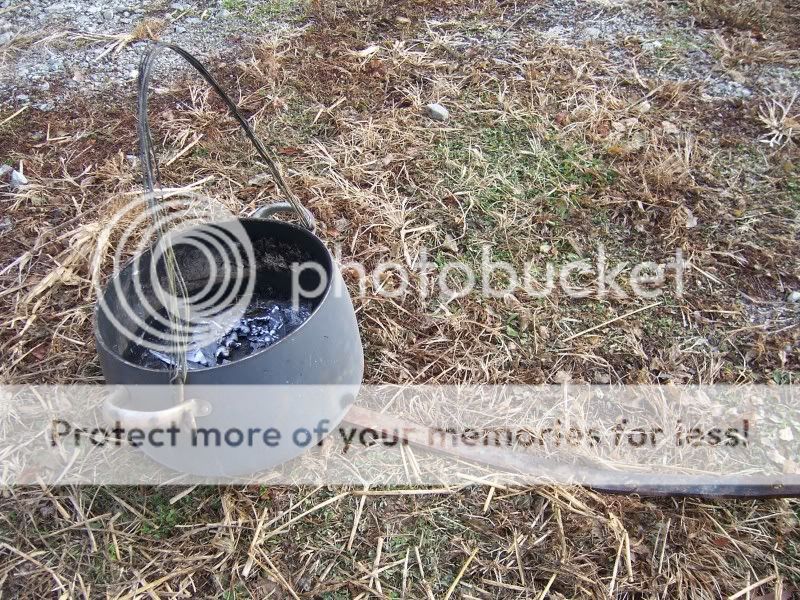
I just put those handles on the pot to put myself further away from the hot stuff. I wore welding gloves. Holding 52lbs. of molten lead at that distance from my body was heavy enough!
I didn't get any action shots, but here is what the "bricks" look like:
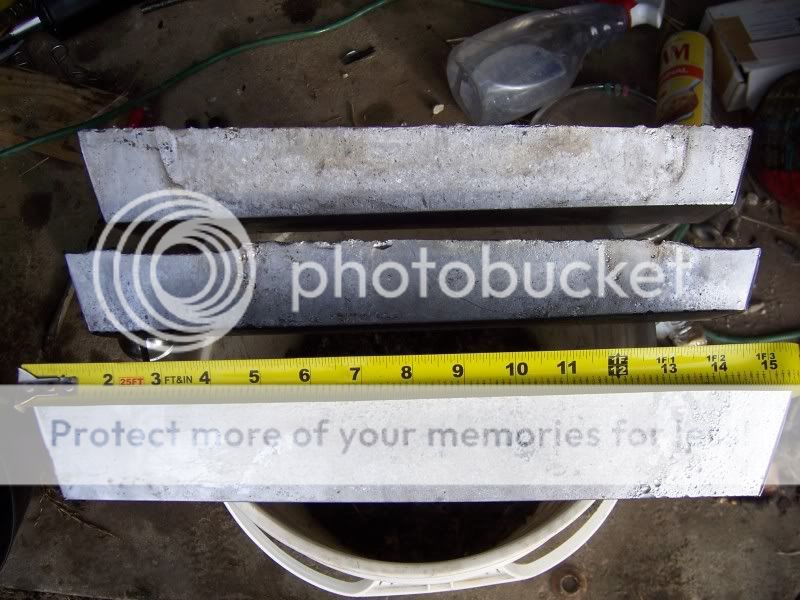
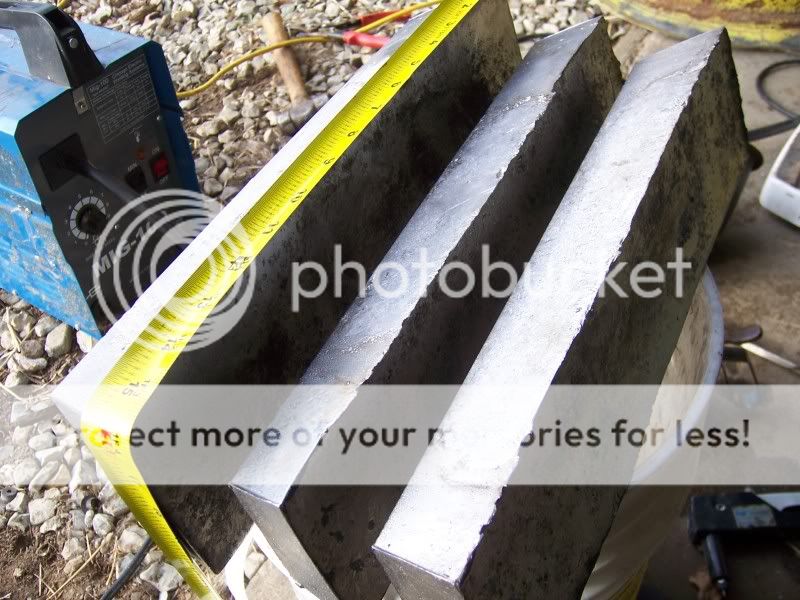
And here is the mold I used. You can buy them at any hardware store. I did spray it with cooking spray, and the lead popped right out.
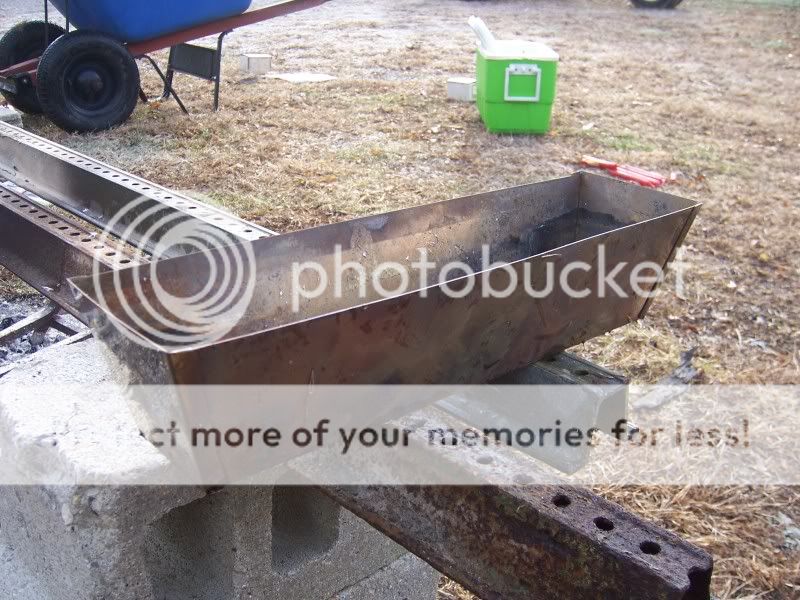
So there are the surprisingly good results. I ended up with 120lbs. of cast weight, so I lost about 20lbs. in steel clips off the weights.
Those weights will go on the front of this snowplow, right on top of that rusty weight that is already up there.
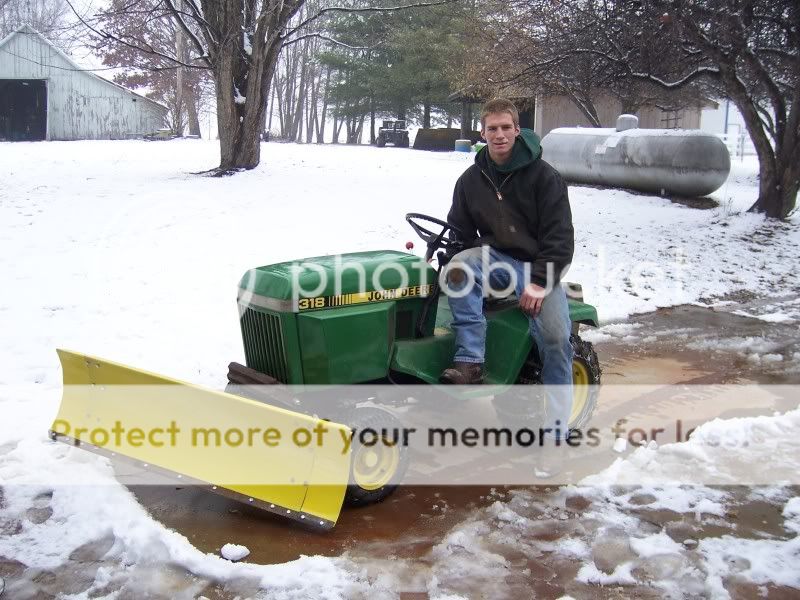
Hope somebody learns something here. I'm just trying to give back a teeny bit
Pretty simple from there, melt down the lead. I did end up casting it though, since I has so much. I used a metal spackling mix pan as the mold.
Here is my set-up, I just used a wood fire.


I just put those handles on the pot to put myself further away from the hot stuff. I wore welding gloves. Holding 52lbs. of molten lead at that distance from my body was heavy enough!
I didn't get any action shots, but here is what the "bricks" look like:


And here is the mold I used. You can buy them at any hardware store. I did spray it with cooking spray, and the lead popped right out.

So there are the surprisingly good results. I ended up with 120lbs. of cast weight, so I lost about 20lbs. in steel clips off the weights.
Those weights will go on the front of this snowplow, right on top of that rusty weight that is already up there.

Hope somebody learns something here. I'm just trying to give back a teeny bit

